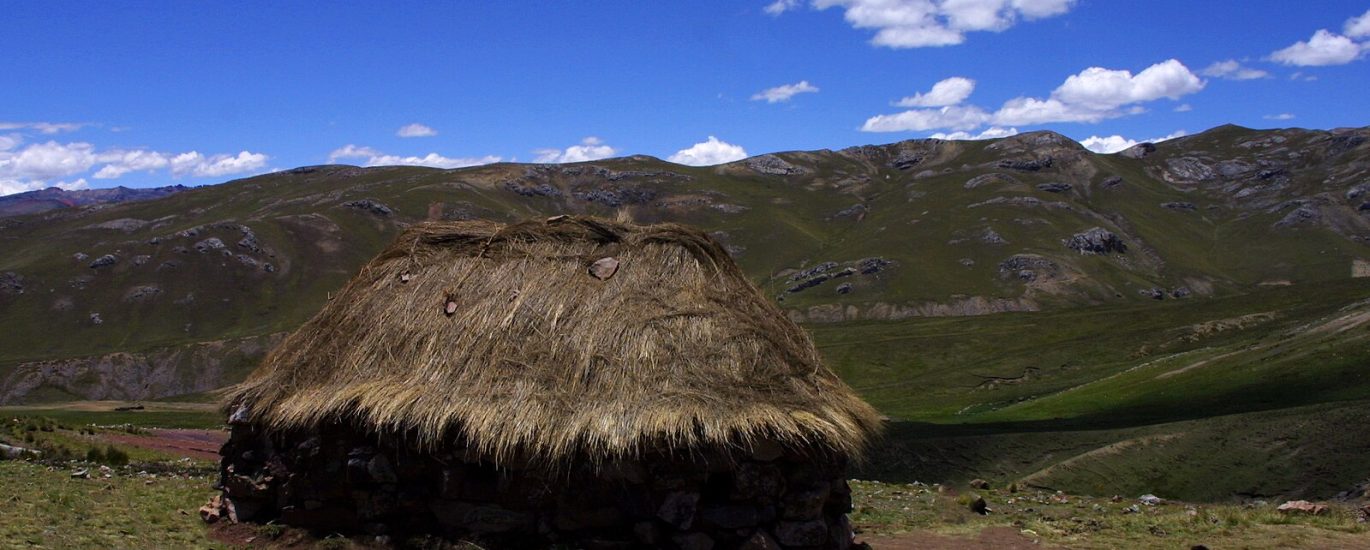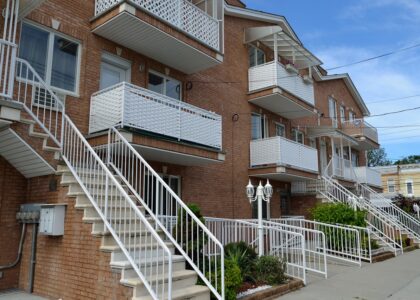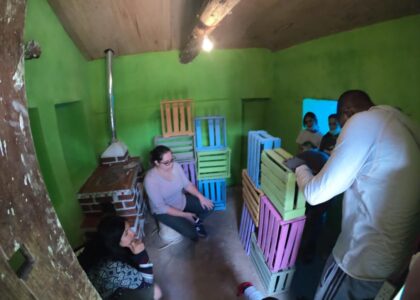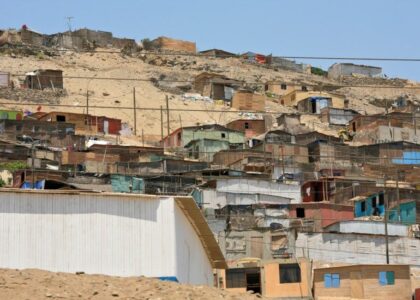Peru, a nation steeped in rich indigenous traditions, offers a captivating glimpse into the harmonious fusion of ancient wisdom and modern innovation. In this blog, we embark on a journey to explore how Peru has seamlessly integrated indigenous architecture into its modern landscape, creating a vibrant tapestry that celebrates tradition while embracing progress. From traditional adobe homes to contemporary eco-friendly designs, the integration of indigenous architectural principles is a testament to Peru’s commitment to preserving its cultural heritage.
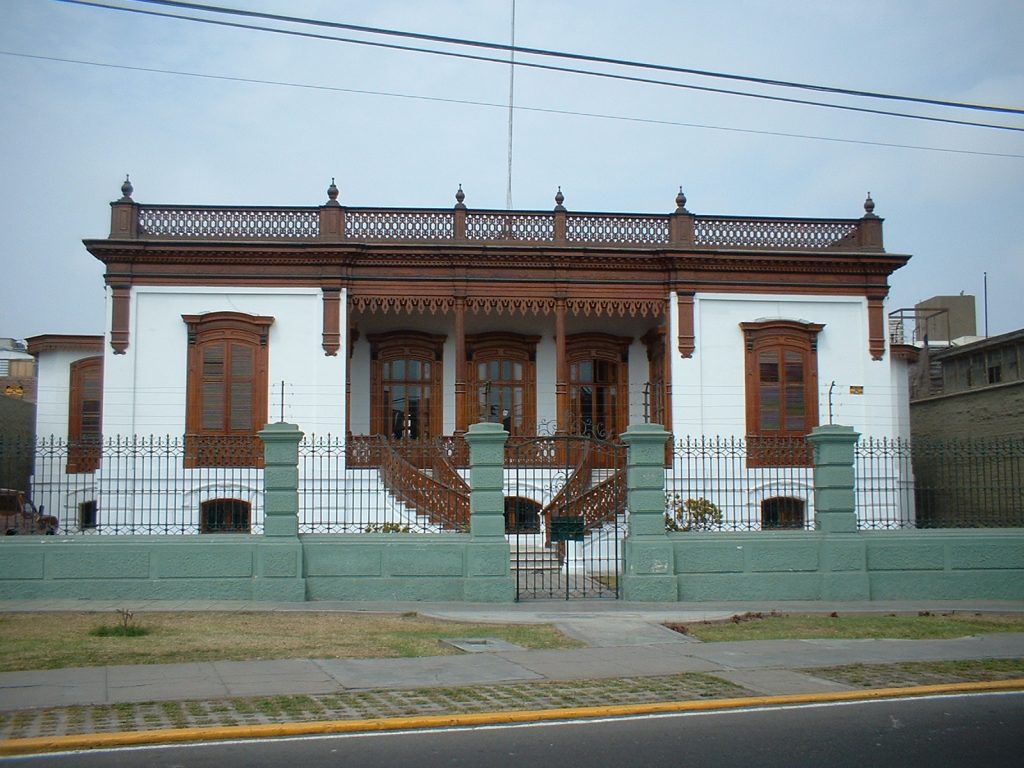
Preserving Indigenous Wisdom in Design
Indigenous architecture in Peru is a living testament to the deep-rooted connection between culture and the built environment. Throughout the Andes and the Amazon basin, you’ll find communities that have preserved age-old architectural techniques, passed down through generations. One of the most striking examples is the use of adobe, a sun-dried clay brick construction method that dates back thousands of years.
Adobe homes, with their thick earthen walls, provide natural insulation against the region’s extreme temperatures. This indigenous architectural wisdom not only ensures comfortable living spaces but also aligns with modern sustainability efforts by reducing energy consumption.
The Revival of Indigenous Building Techniques
In recent years, there has been a resurgence of interest in indigenous architecture in Peru. Architects and builders are looking to traditional building techniques not only for their cultural significance but also for their ecological benefits. Communities are reviving practices like wattle and daub construction, using locally-sourced materials such as bamboo, and incorporating thatched roofs in modern homes.
These efforts not only celebrate Peru’s rich indigenous heritage but also address contemporary challenges, like sustainable development and climate resilience. Indigenous architecture is not merely a historical artifact; it’s a living, adaptable tradition that holds the key to a more sustainable future.
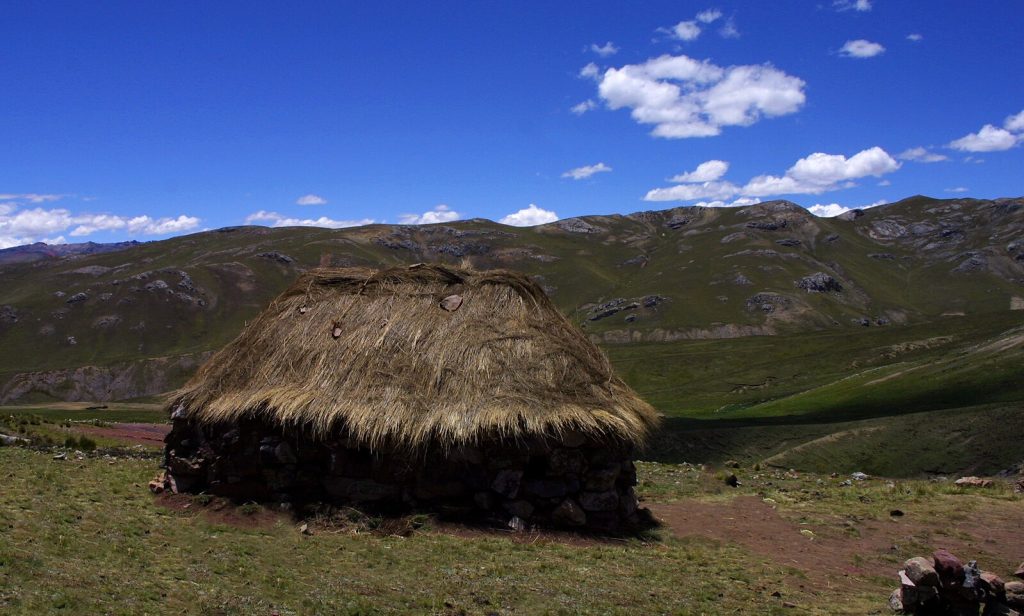
Indigenous Architecture Meets Contemporary Design
One of the remarkable aspects of Peru’s architectural landscape is the seamless integration of indigenous elements into contemporary design. In urban areas like Lima and Cusco, you’ll find modern buildings that incorporate traditional motifs and materials.
Architects are taking inspiration from indigenous textiles, pottery, and artwork to create façades that pay homage to the country’s cultural heritage. These architectural designs serve as a bridge between the past and the present, honoring indigenous traditions while embracing the possibilities of modernity.
Sustainable Practices Rooted in Tradition
Indigenous architecture isn’t just about aesthetics; it’s also about sustainable practices deeply rooted in tradition. For instance, the Quechua people in the Andes have a profound understanding of terrace farming. This ancient agricultural technique maximizes the use of steep slopes to cultivate crops, a practice that is still vital for food security in the region today.
Incorporating indigenous agricultural wisdom into modern urban planning can lead to more sustainable and resilient cities. By integrating indigenous knowledge of water management, soil conservation, and crop diversity, Peru is not only preserving its cultural heritage but also addressing contemporary environmental challenges.
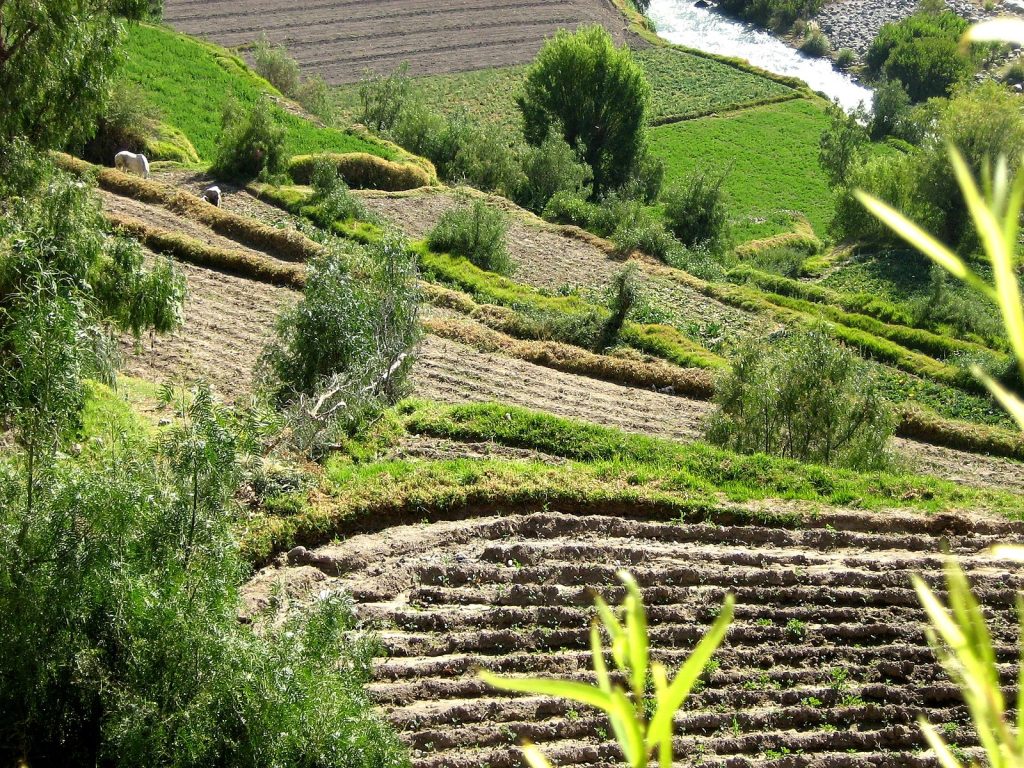
Modern Innovations, Indigenous Wisdom
In Peru’s quest for modernity, there’s a growing recognition that indigenous architecture holds valuable lessons for sustainable living. Innovations like the use of solar panels, rainwater harvesting systems, and energy-efficient designs are seamlessly combined with traditional architectural principles.
In the Amazon rainforest, where indigenous communities live in harmony with nature, architects are learning from their sustainable practices. This includes the use of natural materials like palm leaves and bamboo for construction, which have a low environmental impact.
In conclusion, Peru’s seamless integration of indigenous architecture into the modern world showcases a harmonious blend of tradition and progress. The preservation of ancient building techniques, such as adobe construction and terrace farming, not only pays homage to the country’s rich cultural heritage but also contributes to contemporary sustainability efforts. As architects draw inspiration from indigenous motifs and materials, Peru’s architectural landscape becomes a bridge between the past and the future, celebrating tradition while embracing innovation. This fusion of old and new not only reflects Peru’s architectural ingenuity but also its commitment to a more sustainable and culturally vibrant future. In the convergence of indigenous wisdom with modern design, Peru stands as a remarkable example of how honoring one’s roots can lead to a brighter, more sustainable tomorrow.
To learn more about Peruvian architecture and work with local communities to aid in the construction of safer homes and infrastructure, consider joining a MEDLIFE Service Learning Trip through Safe Homes Movement.


